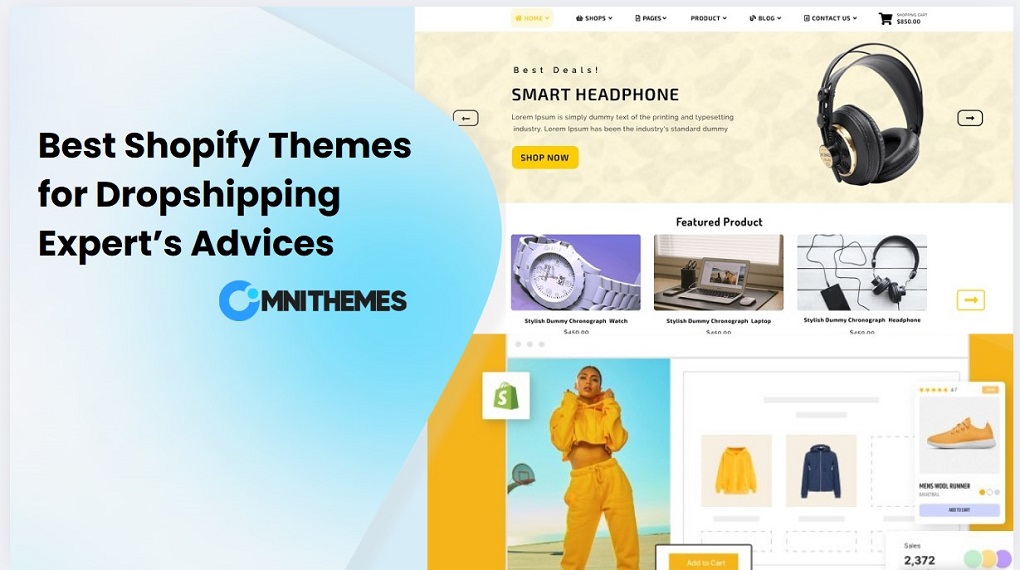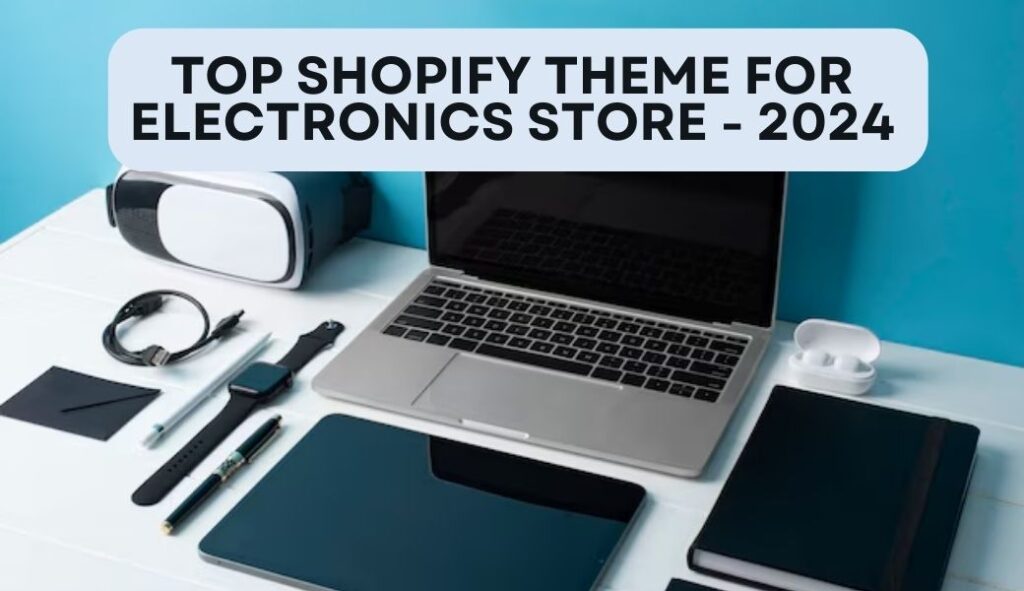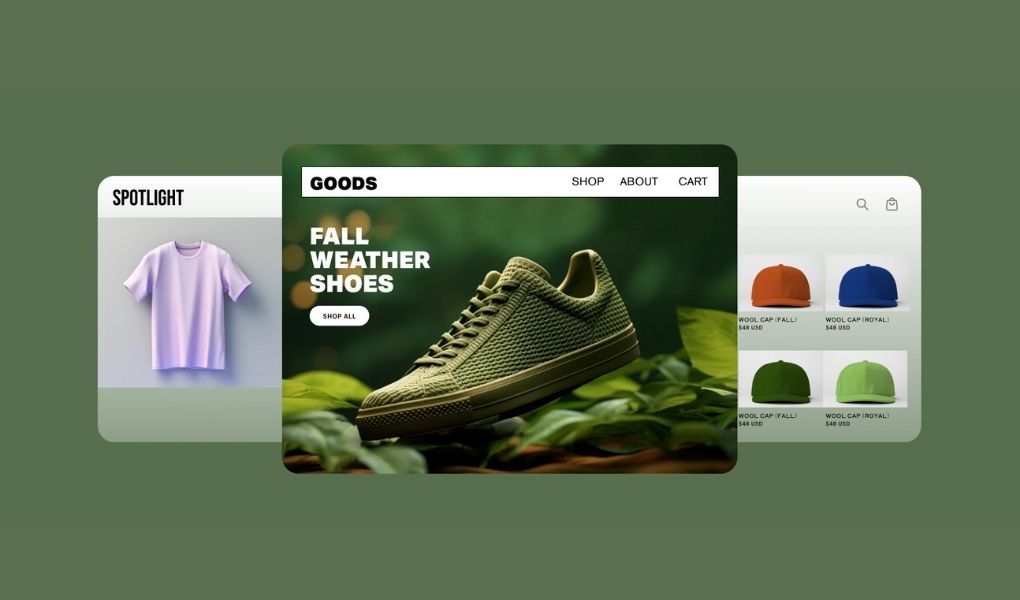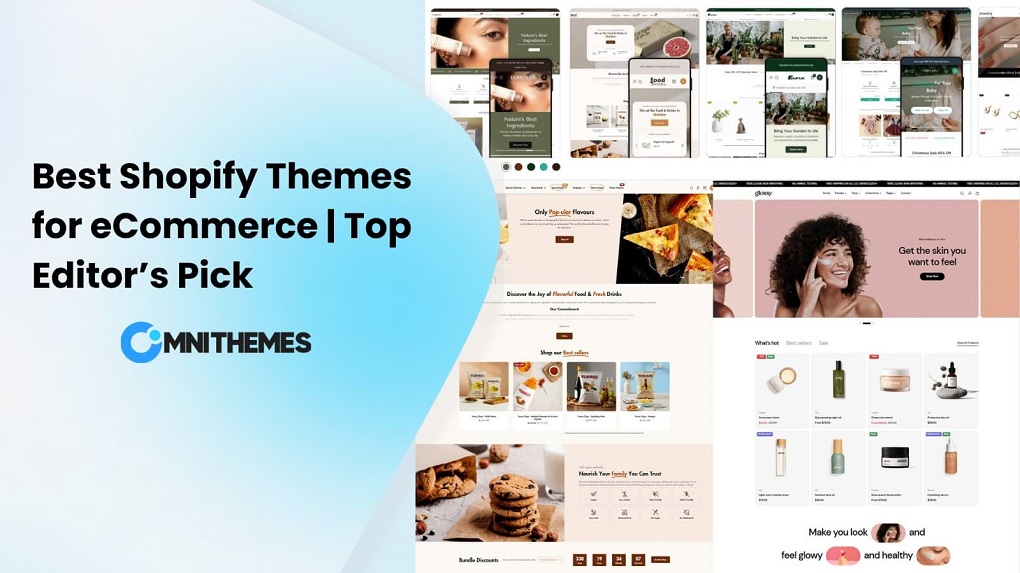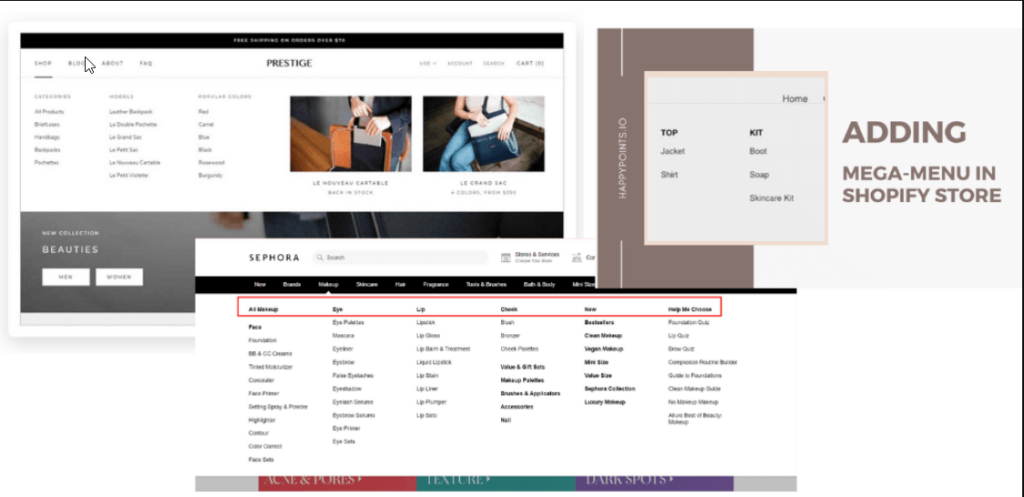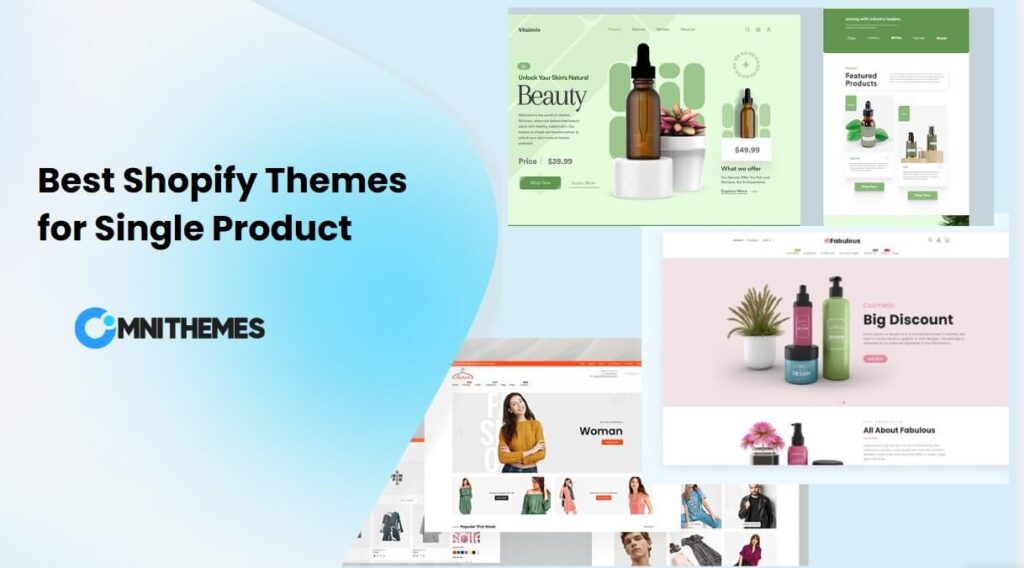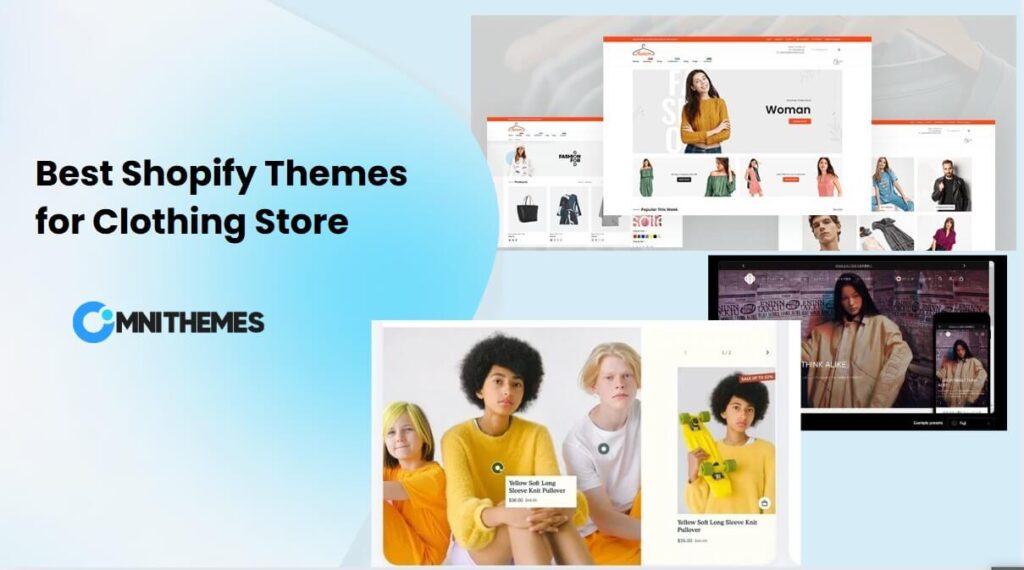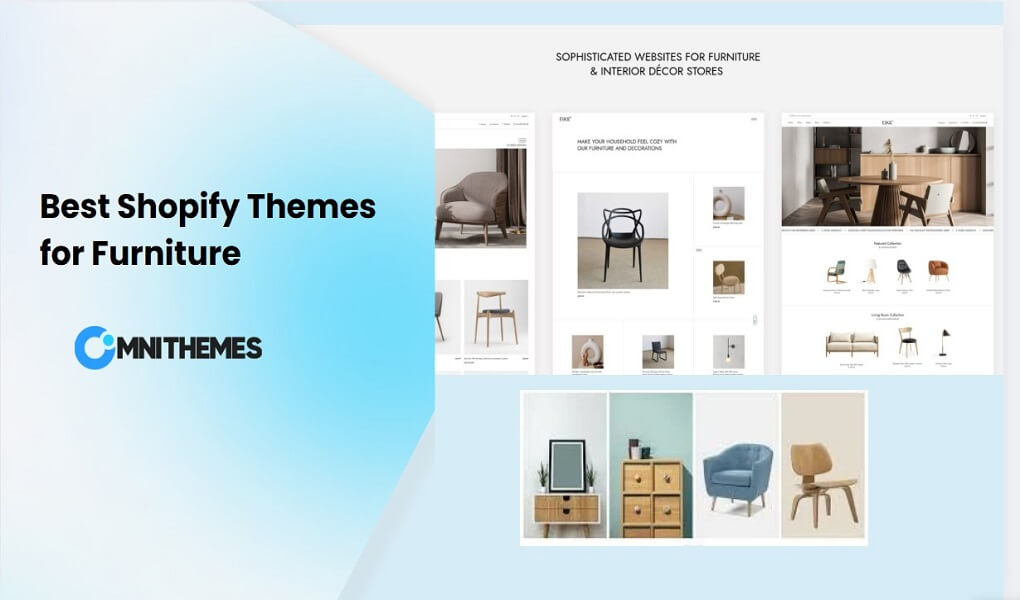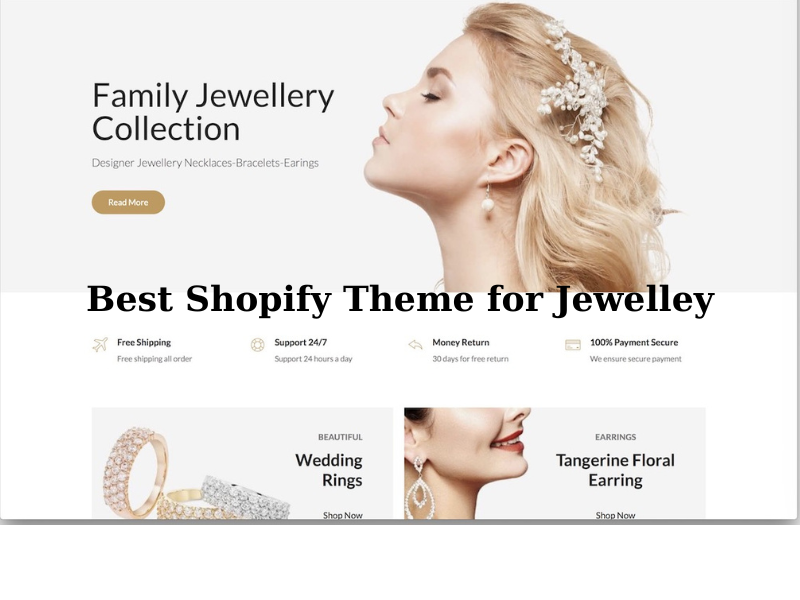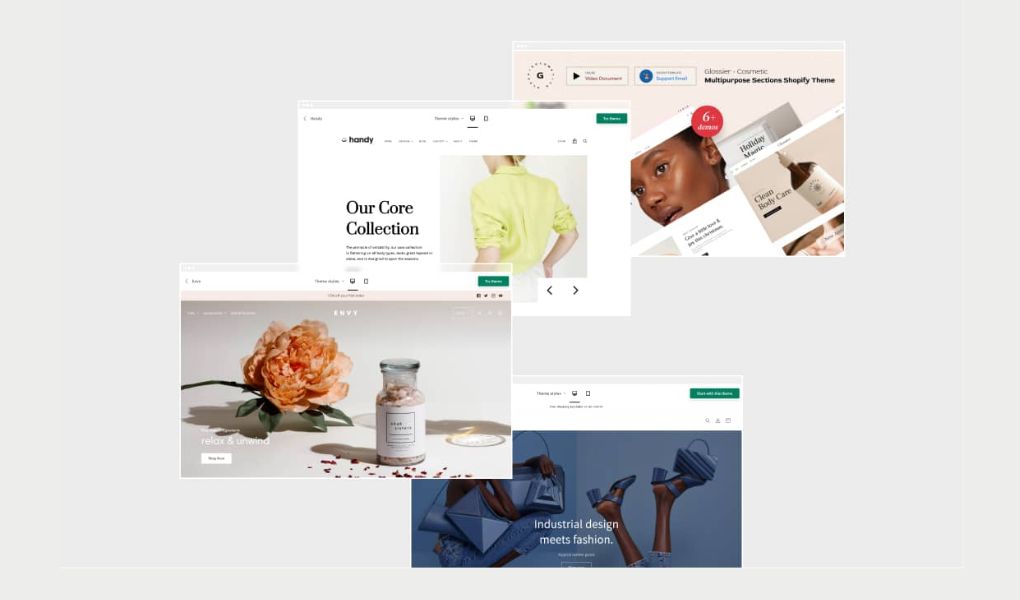Are you about to launch your dream online store with Shopify, or perhaps you’re looking to revamp your current digital storefront? The foundation of this venture lies in understanding how to choose the Shopify theme—a decision that has a profound impact on customer retention and strengthens conversion rates on your eCommerce site. This article was created to provide you with an essential guide on how to choose Shopify themes to enhance your brand visibility and ultimately boost your sales to new heights.
1. What are Shopify themes?
Shopify themes are like a blend for the design of your online store, as they create the overall layout, style, and effect on a user that will determine the impression and experience of your customers. These themes consist of free to paid standard web designs imposed on your storefront through Shopify Theme Store. Each theme on the available themes offers a unique style with varied layout schemes for presenting your products in multiple sections and categories.
The appeal of the Shopify themes comes from their cost-efficacy; the options range from free to premium, costing several hundreds of dollars. We made them responsive, making your online shop run like a charm and equally suitable for web and mobile platforms. Indeed, most themes have customization options that enable your business to manipulate the features and functions of your website in a way that germinates with your organization. With this in mind, Shopify themes are prevalent in usability, making creating and managing your online store easier.
You may now wonder: What is the best theme for Shopify? Knowing the things to think about is crucial before beginning the selection process. Let’s explore in detail in section 2: How to Choose Shopify Theme: Which Factors Should I Consider?
2. How to Choose Shopify Theme: Which Factors Should I Consider?
The process of how to choose Shopify themes involves more than just selecting the most visually appealing option. It’s about finding a theme that aligns perfectly with your business needs and customer expectations, setting the stage for your online store’s success.
2.1. Business Factors
Industry
It is wrong to believe that one theme fits all the (e)-e-commerce projects as there is quite a lot of diversity within e-commerce. Surprisingly, contrary to the general knowledge, Shopify’s ecosystem has proven that themes cover style and functions as well as a diversity of small and more significant business needs. Starting from beauty and fashion themes to those “intended for toys” and “games”, the Theme Store of Shopify accommodates themes with specific features and designs for every industry.

Finding a correct theme is to recognize the industry-specific conditions and the customers’ tastes. Shopify provides functional themes in many areas, like art & photography, as well as beauty & health, for websites that want an identity that matches your goals.
When selecting a best shopify theme for ecommerce, consider the following questions:
- How well does this theme match your brand’s style and voice tone?
Do you want to stress your USP and brand identity with the chosen theme?
Does it feature the same functions as those websites of your competitors?
Is it being recommended, or is it a practice that your industry commonly follows?
Budget
Shopify stores require different expenditures, such as subscriptions, domain names, add-ons, and themes. Budget planning is vital to avoid expenses for customizations, services from Shopify experts, and other features that may be needed.
Doable free and paid themes that correspond to your business phase are created for affordable purposes. A novice can start using a free theme and then, for example, move to more professional options by the time her earnings reach a certain level. Switching Shopify themes is simple because the whole list of products is only edited.
Open-source themes use fewer resources in terms of budget, and not all customizations might ask for dev resources. Featured themes, their prices ranging from $200 to $350 for professional website owners, come with the best functionality one can get. A premium theme means a solid basis designed to avoid all issues and flaws of the cheaper, poorer-quality themes.
>> Useful article for you:
- Top 14 Best Shopify Themes For Pet Store ( Free and Paid)
- Explore 5 Best Shopify Themes Free Download in 2024
- 5 Best Free Shopify Themes For Clothing 2024
Customize Themes
The process of how to choose a Shopify theme is not simply about great looks – the Shopify theme should also fit your brand identity. To evaluate the theme and the developer’s reputation, you can check on the Shopify Community or review sites.
Get prepared to modify the themes of your store as your needs will be changing, especially concerning branding and personalization. The end purpose is to build a plan that sets your business apart and gives it a competitive advantage.
2.2. Technical Factors
In our following part on the technical elements of choosing Shopify theme, we will pin down some fundamental grounds, and the optimization of SEO which is one of the biggest features that bring success to your site.
Core Features
Shopify themes are not just a few pictures, but they will be, simply, so much more than them. The organization will need to have the product to be running. The attributes include landing pages, carousels, menus, search options, filters, zooming, sizing charts, blogs and relevant videos. Research in advance, try to find the main signs and characteristics of your business and remember to choose a valid topic.
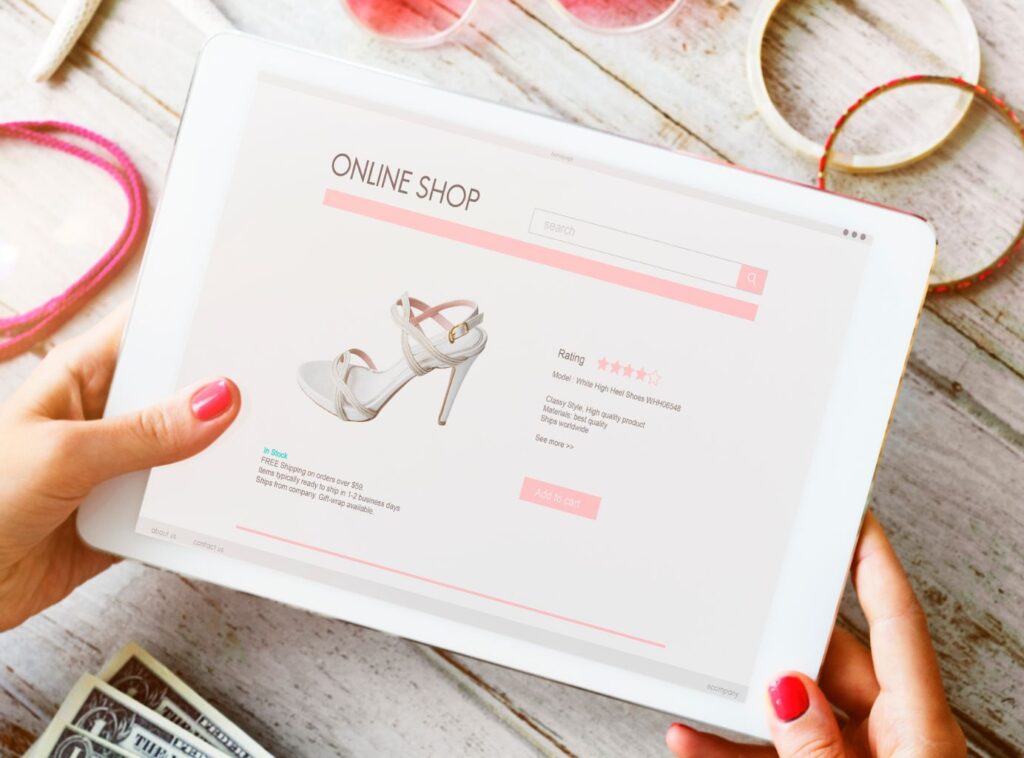
Along with words, visuals are also equally powerful. They form an absolute connection between the fashion and beauty industries and their brands. Ensure you have themes that will allow your products to be shown in 4K and 8K and even beyond. Another way of approaching this problem could be to put a polished slideshow and easy call buttons so as to make improvements in the rates of efficiency.
SEO
Navigating how to choose Shopify themes becomes even more critical for your store’s SEO and digital marketing. The SEO tools with themes will add to the speed of the site and the indexing visibility in SERPS as well, deriving more organic traffic without using any paid advertising fee.
SEO-savvy themes are paramount to building a successful SEO. On the other hand, they indicate potential regardless of the future. Constant off-page and on-page SEO activities are needed to achieve good results in attracting visitors and building good relationships for your online business. Read more about Top 9 best Shopify themes for SEO update 2024
Mobile Responsive
The fact that Google established mobile-first indexing as the standard in 2020 illustrates that websites that are friendly for mobile devices have become a critical requirement. A sign that Google generally trusts and employs mobile versions only for indexing and rating the websites, as opposed to the old way of indexing. Therefore, mobile responsive themes are utilized as key players in exploiting a website’s search engine visibility and the order of search engine results.
Consequently, understanding how to pick a Shopify theme that excels in mobile optimization is crucial. Through the unification of the look and feel of the theme, you’re able to extend your reach to various devices and possibly attract a broader audience, including the clients you’ve yet to interact with.
When evaluating a theme’s mobile responsiveness, consider the following:
- Has the navigation menu become easy to use on mobile devices?
- Do images display correctly, and are they sized appropriately for mobile screens?
- Do the CTA buttons offer a cozy click environment and being visible?
- Are there enough distance elements so that one wouldn’t misclick?
Checkout Process
Just among how to choose Shopify themes, picking the right one isn’t easy for dedicated customer visitors. Surprisingly, 48% of online shoppers are left frustrated as they exit the checkout page at the cart. Users often give up their carts since authentication processes are too tedious and checkout forms take a while.
The problem is solved when a shopify theme that presents a checkout that is optimized is used. Glue together the theme that tends to support a one-page checkout with the guest checkout option to shorten the overall process, resulting in a more sales-boosting effect. In addition, to establish a better user experience, installations such as a progress bar offer clear visual clues that indicate where they are in the checkout journey.
3. One Theme That Has It All: Eurus
Eurus encapsulates everything a Shopify store could need, merging industry-specific design with extensive functionality in one seamless package. Designed with a deep understanding of diverse business needs, Eurus offers a versatile solution. It adapts from fashion and beauty to gadgets and home essentials, ensuring your products are displayed in their best light. It strikes a careful mix between premium features and cost. This makes it accessible for businesses at various stages of growth without compromising on quality or necessitating costly add-ons.
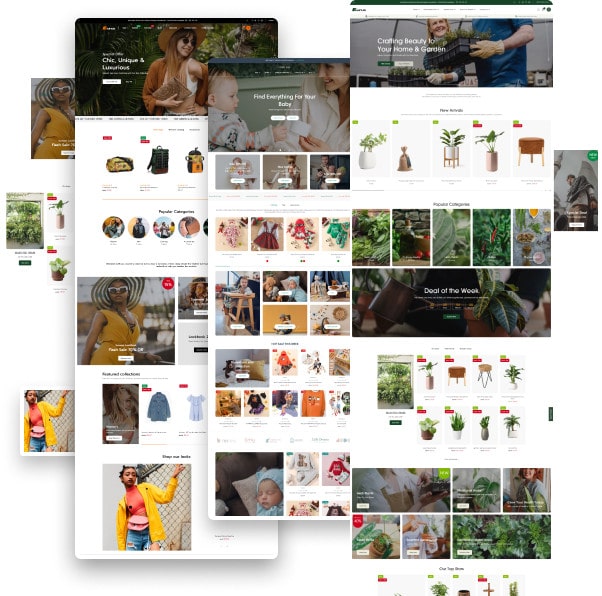
With Eurus, you’re not just choosing a theme; you’re optimizing your store for success. It boasts core features for engaging shopping experiences, like advanced product filters and seamless navigation. Alongside built-in SEO optimizations for better search rankings, Eurus excels in mobile responsiveness. It caters to the ever-growing segment of mobile shoppers and features a streamlined checkout process. Designed to minimize cart abandonment, it’s a comprehensive Shopify theme crafted to comprehensively meet your store’s needs, providing a solid foundation for your online presence.
Wrapping Up
Understanding how to choose Shopify themes is essential for laying the groundwork for your online store’s success. The right theme enhances aesthetics, usability, and customer experience and boosts profits for your eCommerce site.
If you’re still deciding on the best theme for your business or seeking inspiration from successful Shopify migrations, our team at Eurus offers expert advice and success stories. Remember, choosing a high-converting Shopify theme is crucial to building a thriving online business.



